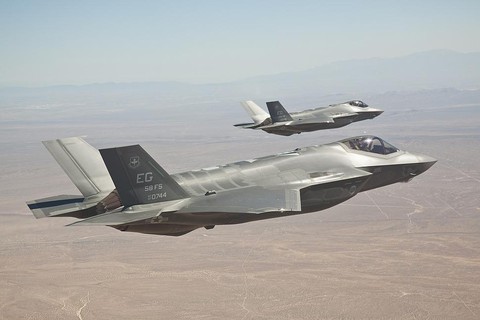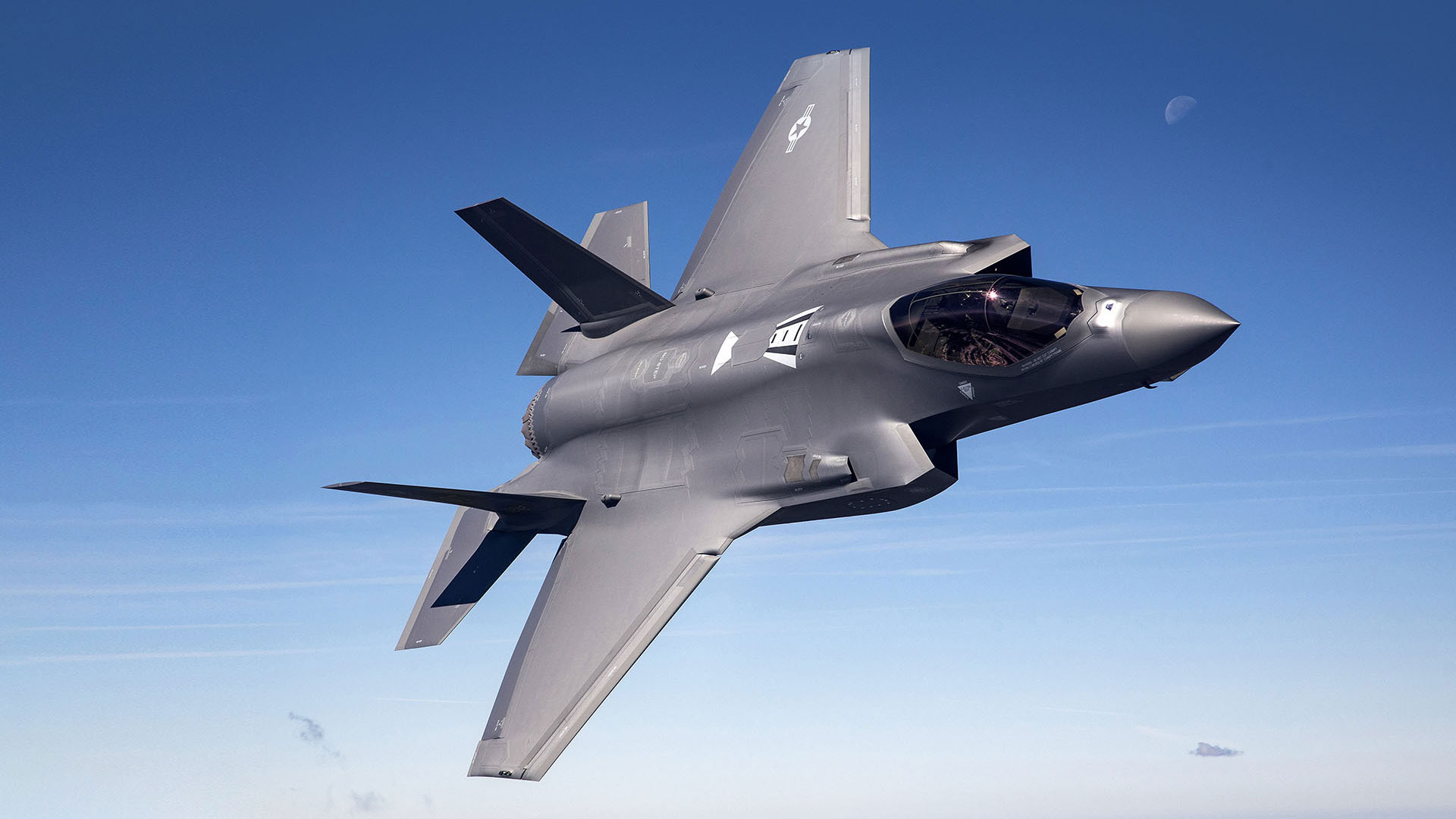The F-35 Lightning II, developed by Lockheed Martin, represents the pinnacle of modern military aviation technology. As a fifth-generation multi-role fighter, it has set new standards for stealth, agility, and situational awareness, making it a cornerstone of air dominance for several countries worldwide. Here, we explore the groundbreaking features, capabilities, and the global impact of the F-35.

Stealth and Survivability
One of the most significant advancements of the F-35 is its stealth technology. The aircraft’s design minimizes its radar cross-section, allowing it to evade enemy detection systems effectively. The combination of advanced materials, special coatings, and innovative airframe design makes the F-35 nearly invisible to radar, ensuring that pilots can penetrate and operate in highly contested airspace without being detected.
The F-35’s survivability is further enhanced by its internal weapons bays, which help maintain its stealth profile. Unlike older fighter jets that carry weapons externally, the F-35 can carry a variety of missiles and bombs internally, reducing its radar signature and increasing its effectiveness in combat scenarios.

Advanced Sensor Fusion
Another standout feature of the F-35 is its sensor fusion capability. The aircraft is equipped with a suite of advanced sensors that provide the pilot with unprecedented situational awareness. The Distributed Aperture System (DAS) gives the pilot a 360-degree view of the surrounding environment, while the Electro-Optical Targeting System (EOTS) enhances targeting precision.
These sensors work together to collect and analyze data from multiple sources, presenting the pilot with a comprehensive picture of the battlefield. This fusion of information allows pilots to make faster and more informed decisions, giving them a critical advantage in both air-to-air and air-to-ground missions.

Versatility and Multi-Role Capabilities
The F-35 is designed to perform a wide range of missions, making it one of the most versatile fighter jets ever built. There are three variants of the F-35, each tailored to specific operational needs:
- F-35A: The conventional takeoff and landing (CTOL) variant, primarily used by the U.S. Air Force and allied air forces. It is designed for traditional air base operations and offers superior performance in air-to-air combat and ground attack missions.
- F-35B: The short takeoff and vertical landing (STOVL) variant, used by the U.S. Marine Corps and several other military forces. This version can operate from short or expeditionary airfields and aircraft carriers, providing flexibility in deployment.
- F-35C: The carrier-based variant, designed for the U.S. Navy. With larger wings and reinforced landing gear, the F-35C is optimized for catapult launches and arrested landings on aircraft carriers, extending the Navy’s reach and power projection capabilities.
Global Reach and Strategic Impact
The F-35 program is a collaborative effort involving several international partners, including the United Kingdom, Italy, the Netherlands, Canada, Australia, Denmark, and Norway. This global partnership has not only shared the development costs but also enhanced interoperability among allied forces.
The introduction of the F-35 into various air forces worldwide has significantly altered the strategic balance. Its advanced capabilities enable nations to defend their airspace more effectively and conduct precision strikes with minimal collateral damage. Furthermore, the F-35’s ability to network with other military assets, such as drones and ground forces, creates a force multiplier effect, enhancing overall mission effectiveness.
Challenges and Future Prospects
Despite its impressive capabilities, the F-35 program has faced several challenges, including cost overruns, technical issues, and delays. Critics have pointed out the high procurement and maintenance costs, raising concerns about the affordability of the program. However, ongoing efforts to streamline production and improve maintenance procedures are expected to address these issues.
Looking ahead, the F-35 is poised to play a central role in future air combat operations. Continuous upgrades and enhancements, such as improved software, more advanced weapons, and increased electronic warfare capabilities, will ensure that the F-35 remains at the forefront of military aviation technology for decades to come.

Conclusion
The F-35 Lightning II is more than just a fighter jet; it is a game-changer in modern warfare. Its blend of stealth, advanced sensors, and multi-role capabilities makes it an unparalleled asset in the arsenals of the world’s leading military powers. As the F-35 continues to evolve, it will undoubtedly shape the future of aerial combat and maintain its status as the pinnacle of air dominance.






